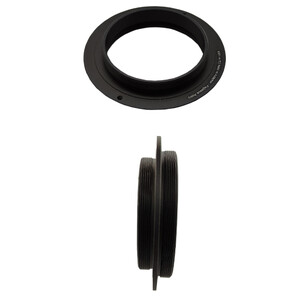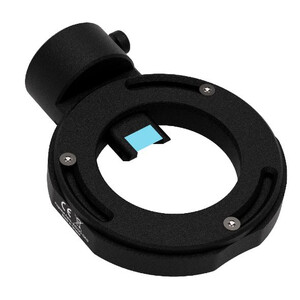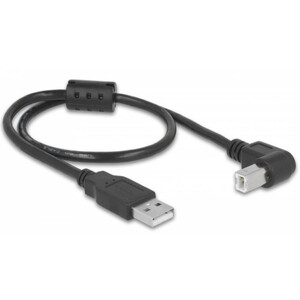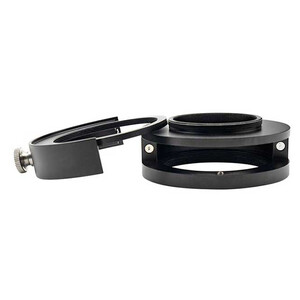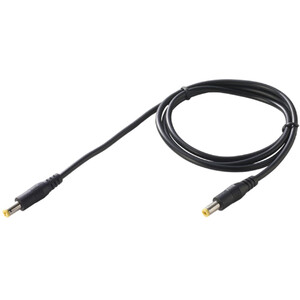Polski tekst jest jeszcze w opracowywaniu. Na razie dostępna jest tylko wersja angielska. Przepraszamy!
QHY183 is a model designed for astrophotography beginners. It exhibits excellent sensitivity and low noise, with the back illuminated 183 having higher sensitivity and somewhat higher resolution. It is well suited to planetary and deep-space imaging particularly when mated with the CFW3 filter wheel. This model has two-stage thermal electric cooling of the sensor to about minus 40 degrees C below ambient for maximum reduction of dark current noise in long exposures.
QHY183 incorporates QHY’s Anti-Amp Glow technology to significantly reduce typical CMOS amplifier glow to a minimum, allowing excellent calibration by subtracting a dark frame.
QHY183 models can be used as guiding devices, too. The opto-isolated guiding port is a standard ST-4 configuration using an RJ11 style Jack. A guiding cable is included with each camera.
The 183 with its smaller higher resolution sensor is a good match to short focal length telescopes or for imaging smaller dim objects through a large scope. The larger 163 gives a greater field of view and would be a good choice for imaging larger areas of the sky such as nebula or when coupled to a longer focal length telescope to take greater advantage of the scopes full field.
Frame Rate:
Full Resolution: 19FPS@8BIT 7.5FPS@12BIT
ROI:
- 4096*2160 4K HD Video 31FPS@8BIT 12FPS@12BIT
- 1920*1080 HD Video 60FPS@8BIT 24FPS@12BIT
- 800*600 SVGA 106FPS@8BIT 42FPS@12BIT
- 640*480 VGA 130FPS@8BIT 53FPS@12BIT
BSI, back-illuminated CMOS structure:
One benefit of the back-illuminated CMOS structure is improved sensitivity. In a typical front-illuminated sensor, photons from the target entering the photosensitive layer of the sensor must first pass through the metal wiring that is embedded just above the photosensitive layer. The wiring structure reflects some of the photons and reduces the efficiency of the sensor.
In the back- illuminated sensor the light is allowed to enter the photosensitive surface from the reverse side. In this case the sensor’s embedded wiring structure is below the photosensitive layer. As a result, more incoming photons strike the photosensitive layer and more electrons are generated and captured in the pixel well. This ratio of photon to electron production is called quantum efficiency. The higher the quantum efficiency the more efficient the sensor is at converting photons to electrons and hence the more sensitive the sensor is to capturing an image of something dim.
Cooling & Anti-dew Control: In addition to dual stage TE cooling, QHYCCD implements proprietary technology in hardware to control the dark current noise. The optic window has built-in dew heater and the chamber is protected from internal humidity condensation. An electric heating board for the chamber window can prevent the formation of dew.
Sealing Technology: Based on almost 20-year cooled camera design experience, The QHY cooled camera has implemented the sealing control solutions. The sensor itself is kept dry with our silicon gel tube socket design for control of humidity within the sensor chamber. By the way, there’s no oil leaking.
Mono or Color?
Mono:
- Capable of advanced techniques (LRGB, narrowband)
- Additional applications (spectrometry, photometry)
Colour:
- Convenient for RGB imaging
- No need for expensive filters and filter wheels
Both types of camera are capable of creating stunning astroimages, we can only recommend you pick the one that suits you best!
